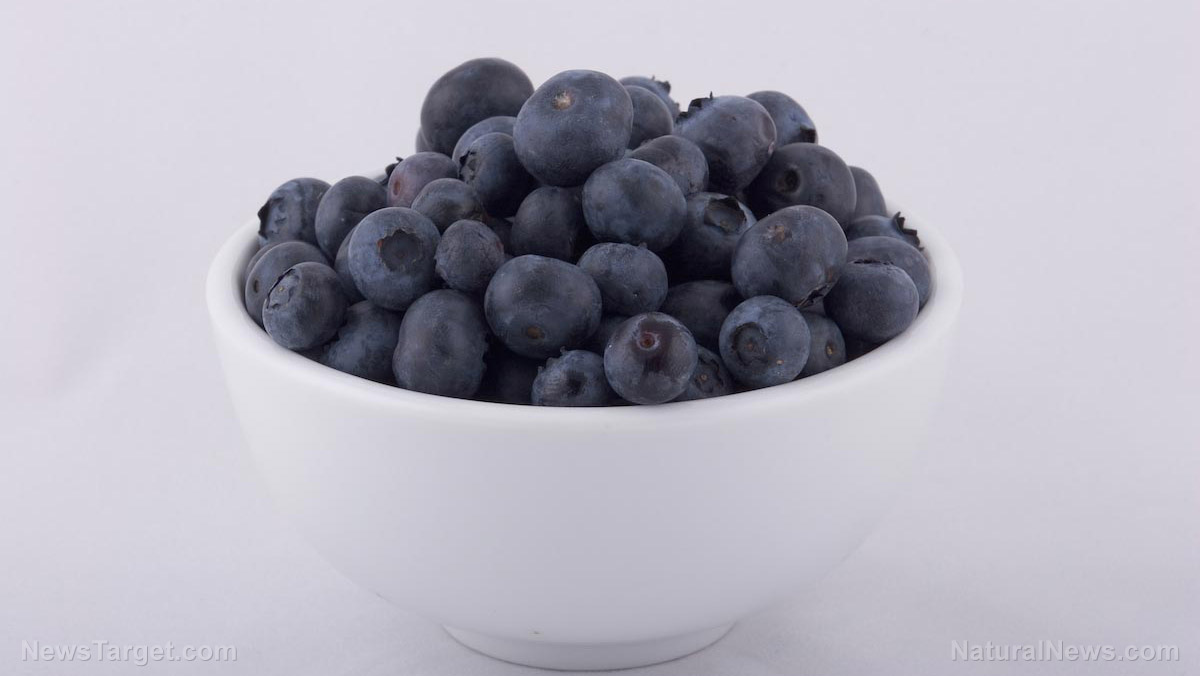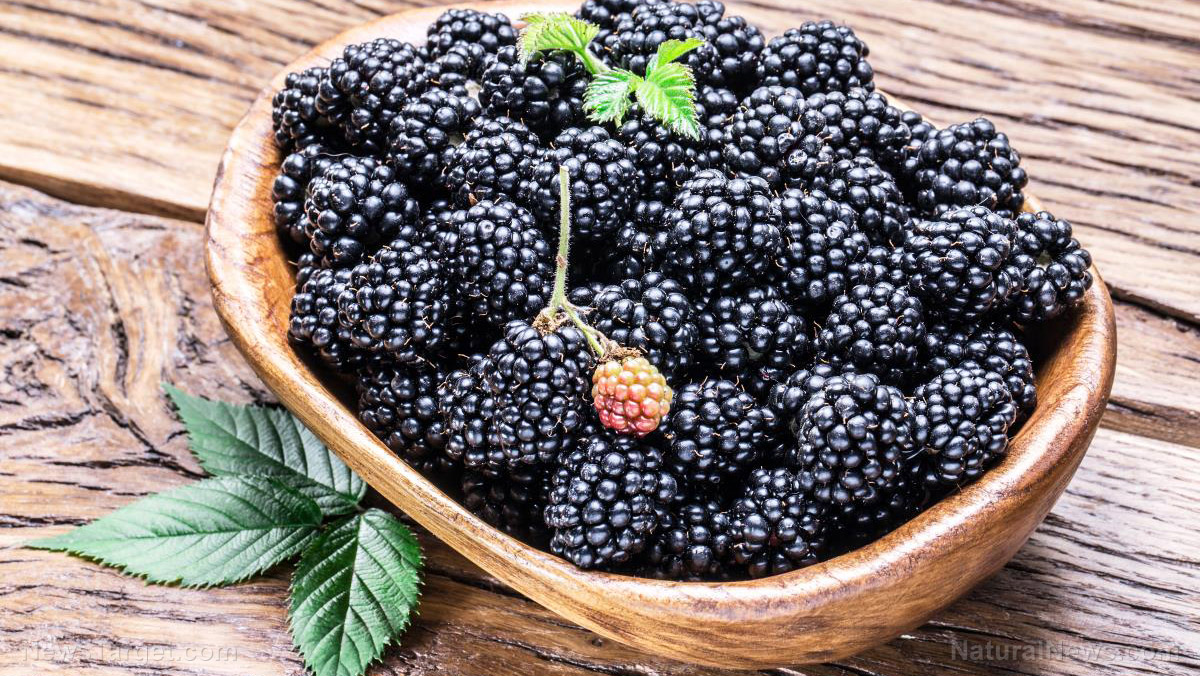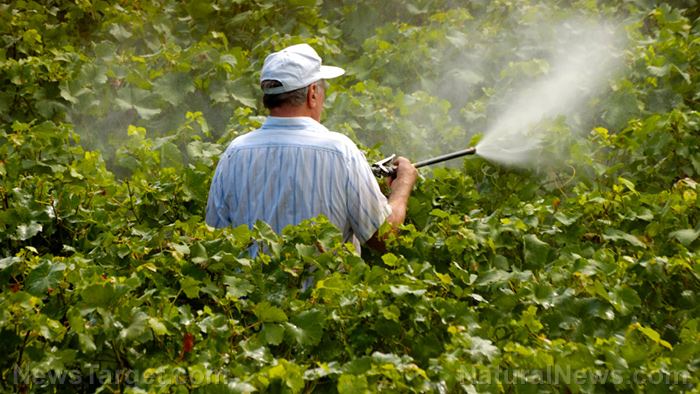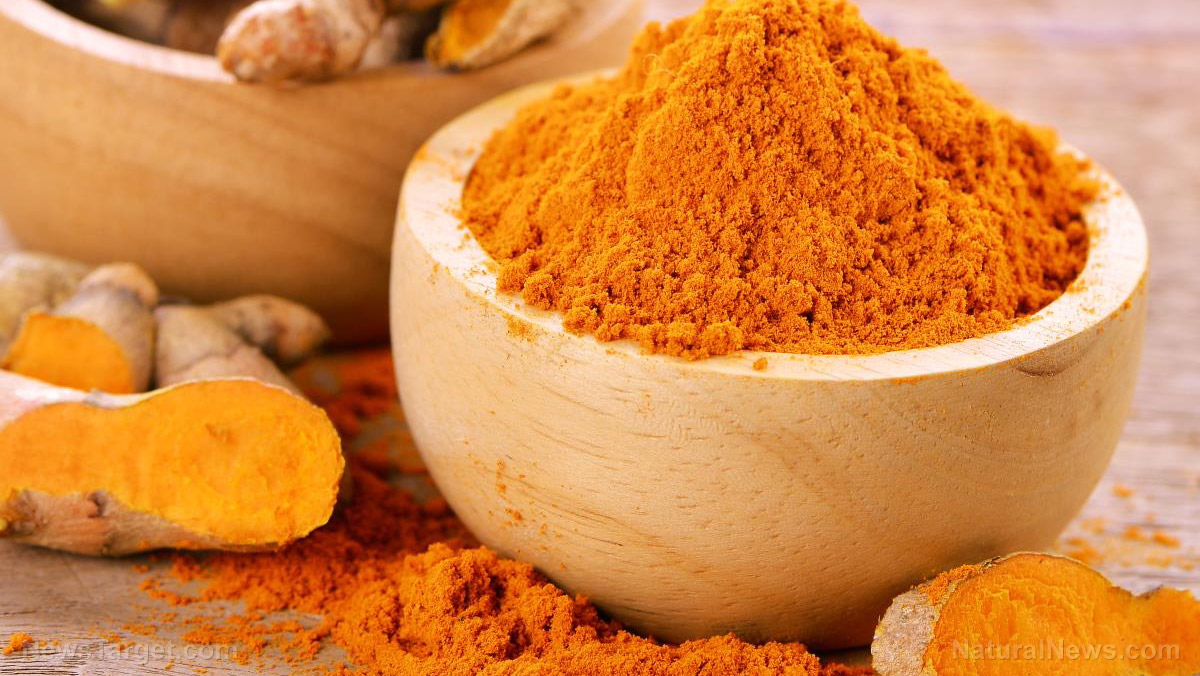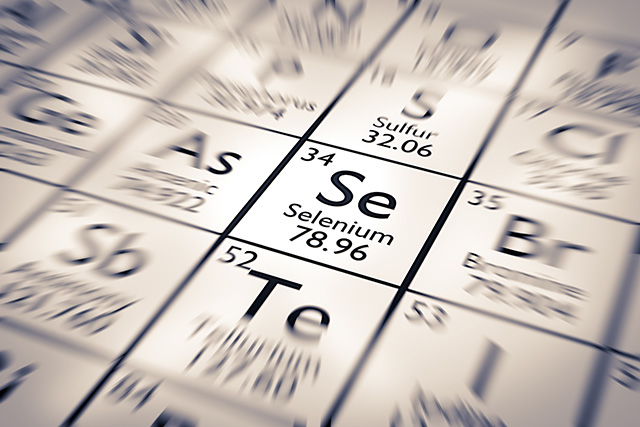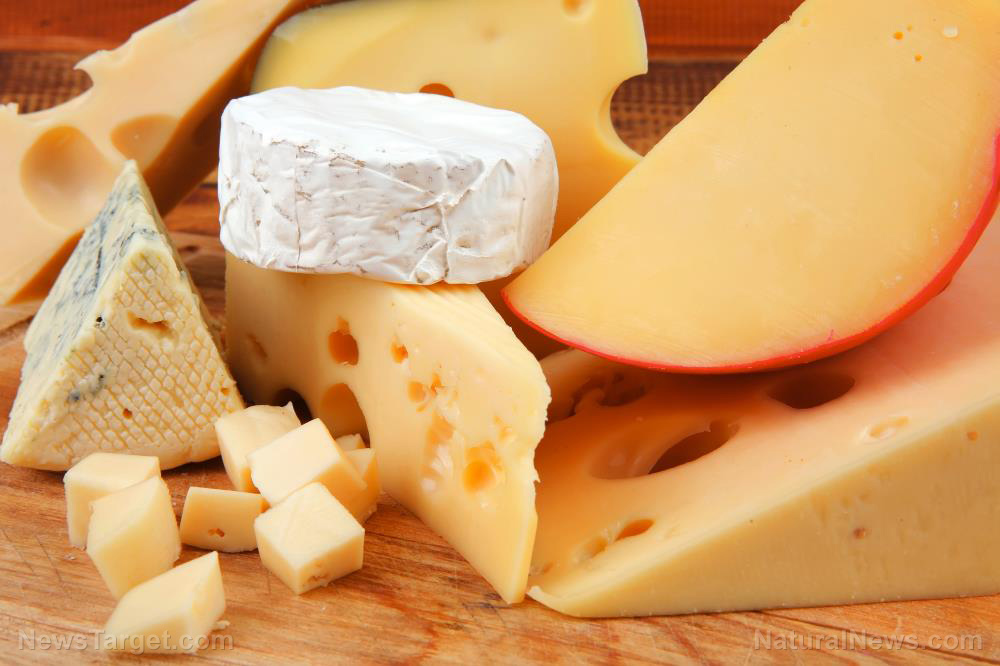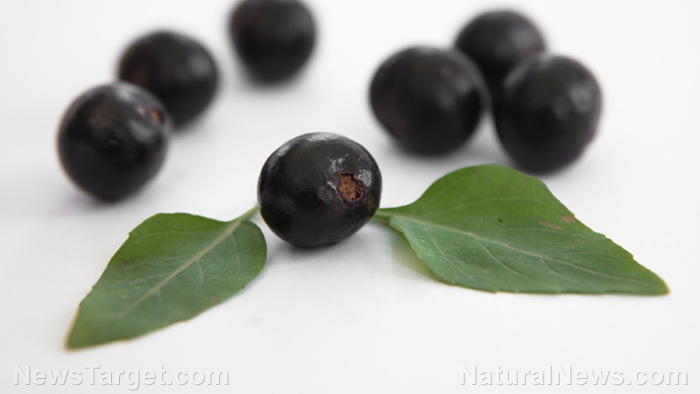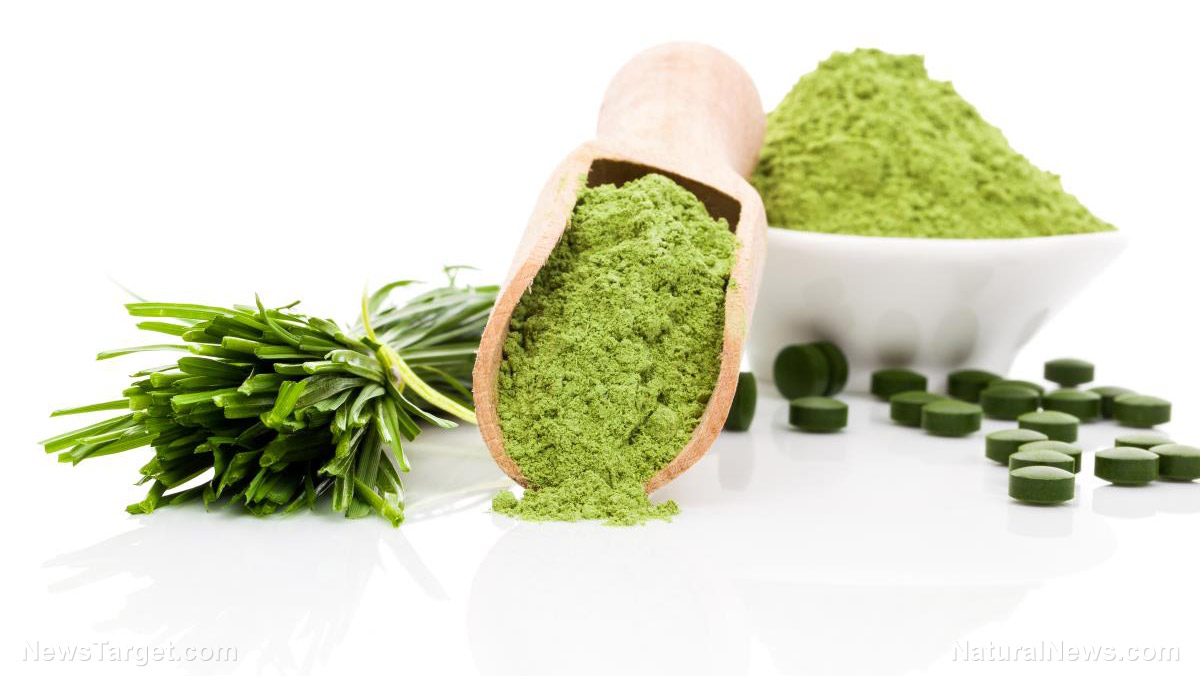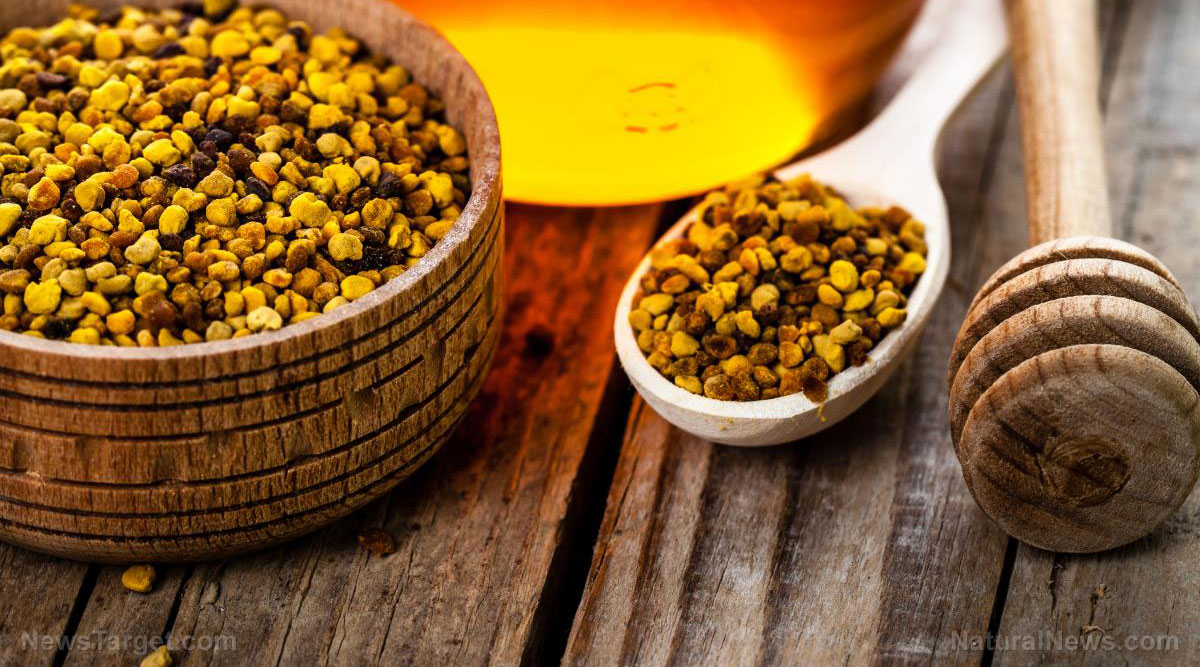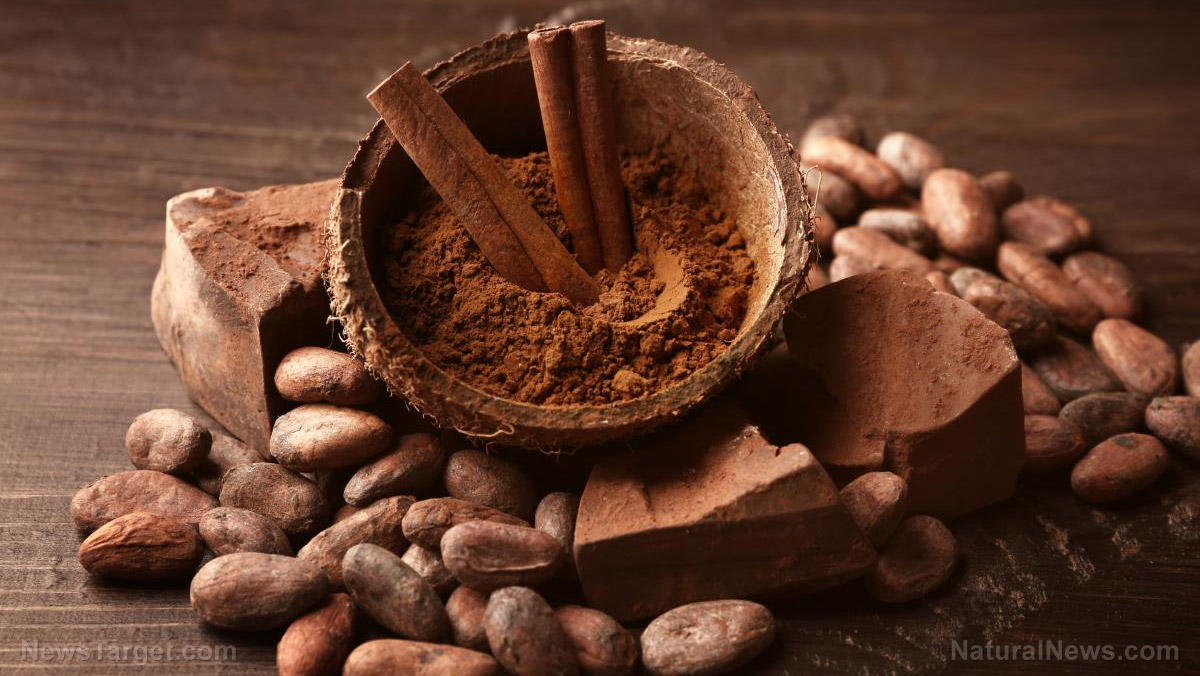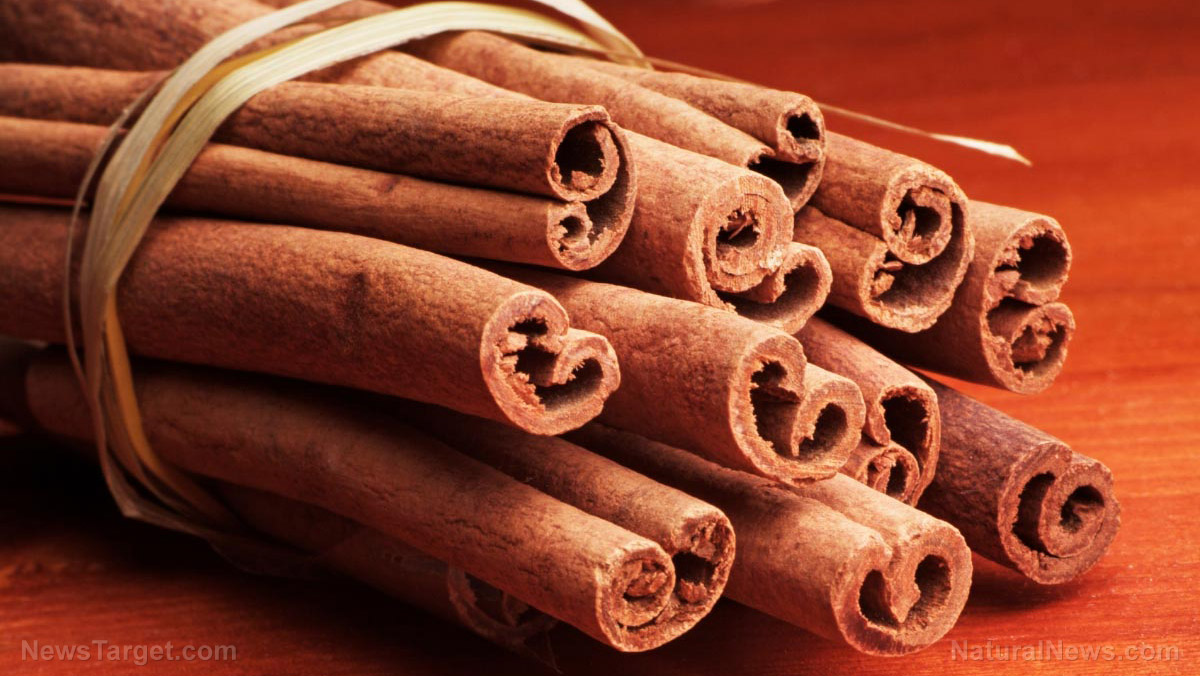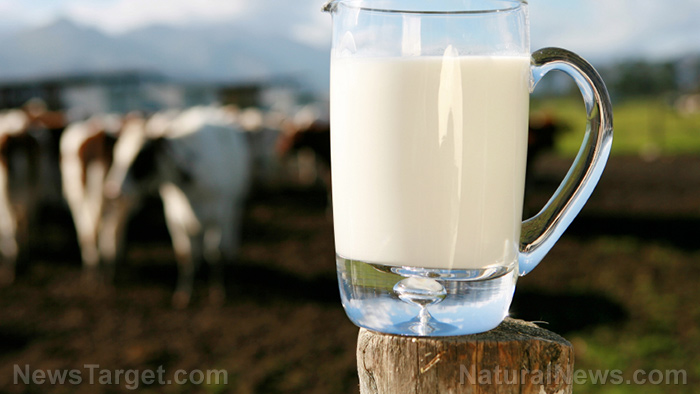Tomato wastes found to possess high nutritional value
11/13/2018 / By RJ Jhonson

The world produces more than 100 million tons of tomatoes every year, a large percentage of which goes to making tomato-based products. Unfortunately, not all parts of the tomato are used. A study published in the CyTA – Journal of Food evaluates the nutritional content of tomato waste and the possibility of recycling it for other applications.
- The researchers collected two shipments of tomato industrial waste composed mostly of skins and seeds. The by-products were sealed, frozen, and then dried in a hot air dryer. The resulting material was milled into a fine powder and was analyzed for its nutritional content.
- The researchers noted the presence of the following:
- Protein (176.2 g/kg)
- Fat (21.9 g/kg)
- Crude fiber (524.4 g/kg)
- Ash (42.1 g/kg )
- Essential amino acids (34.2 percent of protein), including leucine, lysine, and isoleucine
- Unsaturated fatty acids (77.04 percent of fat), including linoleic acid
- Antioxidants, including lycopene (510.6 mg/kg) and beta-carotene (95.6 mg/kg)
- Phenols (1229.5 mg GAE/kg) including flavonoids (415.3 mg QE/kg)
The researchers suggested recycling options for tomato waste, including extracting lycopene and beta-carotene for use in food supplements, functional food, and cosmetics, as well as natural colorants. They admitted that while the nutrients in tomato waste are good for poultry, the presence of too much crude fiber may make this application less than ideal.
Read the full text of the study at this link.
Discover what nutrients tomato contains and what these can do for you at Veggie.news.
Journal Reference:
Nour V, Panaite T, Ropota M, Turcu R, Trandafir I, Corbu A. NUTRITIONAL AND BIOACTIVE COMPOUNDS IN DRIED TOMATO PROCESSING WASTE. CyTA – Journal of Food. 15 January 2018;16(1):222-229. DOI: 10.1080/19476337.2017.1383514
Tagged Under: antioxidants, food waste, functional food, livestock feed, recycling, tomato, tomato industrial waste, tomato nutrients, tomato seeds, tomato skin, Tomato waste

